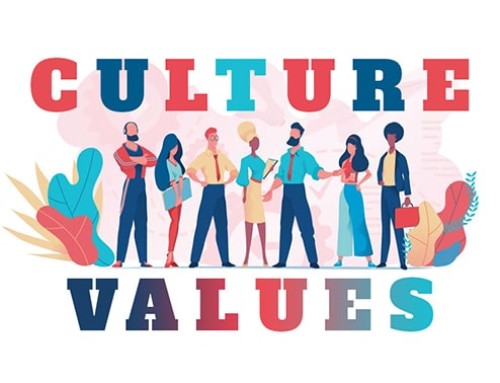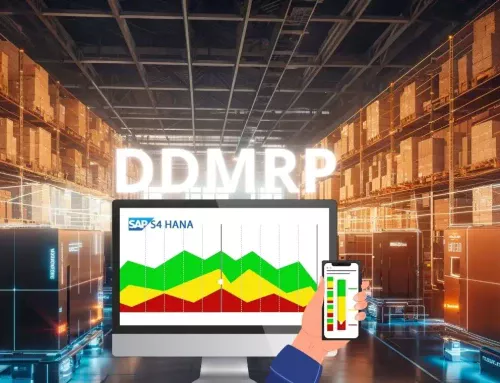From roses to last-mile delivery

valentine’s day supply chainValentine’s day supply chain : Valentine’s Day is a key moment for many sectors, including logistics, due to the significant increase in purchases and deliveries. Every year, this holiday leads to an impressive peak in consumption. In 2020, the French spent around 185 million euros on Valentine’s Day, an increase of 275% in ten years. Sales of flowers, and in particular red roses, generated a turnover of 37 million euros the same year. In the United States, 36 million heart-shaped boxes of chocolates are sold each year for the occasion, and nearly 180 million cards are exchanged worldwide, making February 14 the second-biggest day for card-sending after Christmas.
With this surge in demand, supply chain players are having to adapt to ensure fast and efficient delivery. Among the most popular products, flowers, and roses in particular, dominate the market. But how do these fresh flowers reach consumers on time and in a quality manner? This article explores the complex supply chain behind these iconic gifts.
A Global Supply Chain: From Fields to Shop
The majority of roses sold in Europe and North America come from farms located in South America (Colombia, Ecuador) and Africa (Kenya, Ethiopia). These regions offer optimal climatic conditions for growing high-quality flowers. However, getting them to consumers involves several critical steps:
- Production and Harvest: Roses are grown in greenhouses, hand-picked, and carefully sorted to ensure freshness and aesthetics.
- Packaging and Preservation: Immediately after harvest, they are placed in nutrient-enriched water and stored in cold rooms to slow their maturation.
- Air Transportation: Flowers are shipped by cargo plane in refrigerated containers to minimize transit time.
The importance of cold logistics
Maintaining the cold chain is essential to ensure the quality of flowers throughout their journey. A break in this chain can lead to premature wilting and considerable financial losses. To ensure optimal delivery, several techniques are implemented:
- Cold rooms in airports: Logistics platforms located near airport hubs have refrigerated spaces to limit temperature fluctuations.
- Refrigerated trucks for local distribution: Once they arrive at their destination, the flowers are delivered to wholesalers and florists via trucks equipped with thermal control systems, guaranteeing a constant temperature until their final destination.
- Specialized packaging: Technologies such as hydration sachets and isothermal packaging extend the life of flowers by maintaining an optimal humidity level and reducing thermal shocks.
- Real-time monitoring: IoT sensors embedded in pallets and trucks enable precise monitoring of temperature and humidity throughout the journey, reducing the risk of spoilage.
In addition to valentine’s day supply chain, managing the last mile becomes a crucial challenge to ensure fast turnaround times and a satisfying customer experience. This final step is particularly critical because it directly impacts consumer satisfaction and brand image.
Partnerships with delivery platforms: Many companies collaborate with services like Uber Eats, Deliveroo or specialized couriers to ensure ultra-fast deliveries. This logistical flexibility makes it possible to absorb peaks in demand without requiring excessively heavy internal infrastructures.
Strategic distribution hubs: Some florists and distributors set up advanced stocks close to large urban areas in order to reduce transport times and better respond to last-minute orders. These mini-warehouses play a key role in reducing lead times and optimizing logistics costs.
Real-time tracking solutions: The use of GPS and advanced tracking tools allows customers to track their order in real time, thus reducing uncertainty related to delivery. At the same time, these technologies also help companies optimize their routes and minimize lead times, while improving the management of human and material resources.

Conclusion
Valentine’s Day is more than just a celebration of love: it’s also a real logistical headache. Behind a simple bouquet of roses, there is an entire supply chain that works all over the world to guarantee fresh flowers at the right time. Between the challenges of transportation, inventory management and the pressure of ultra-short deadlines, companies must be more ingenious to meet demand. At a time when everyone expects fast and impeccable delivery, innovation is no longer an option, it is a necessity.




